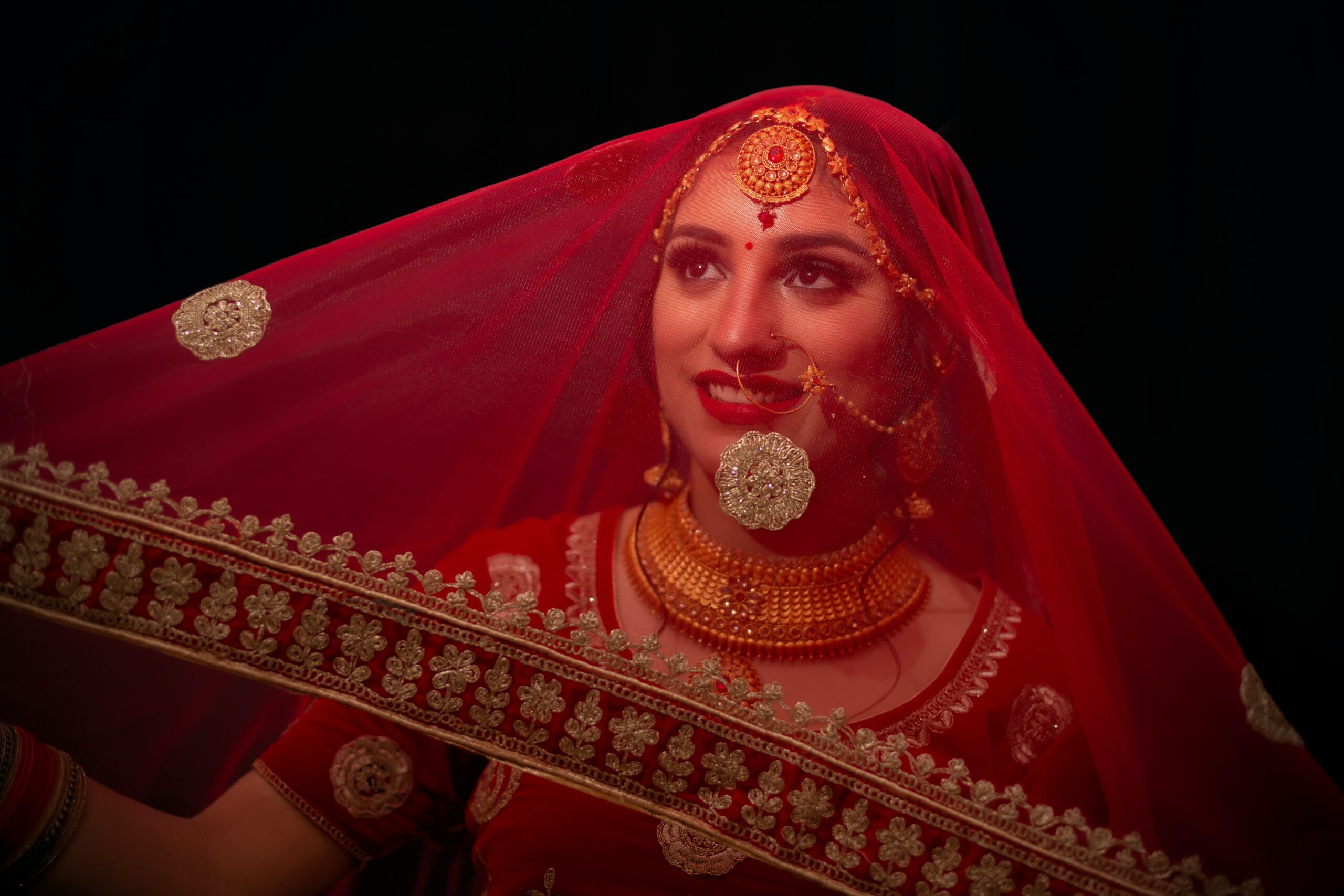As visual creatures, the colour of the websites we visit is extremely important elements. If we find a website’s colour visually unappealing we’re much more likely to click off and look elsewhere.
Colours also do an amazing thing. They bring brand recognition. Colour increases brand recognition by 80% and so the colours that you display on your website could easily provide a sense of familiarity to visitors. I mean, if you showed up to a Mcdonald’s with blue arches wouldn’t you feel uncomfortable?
In this article, we’re going to explore how many colours should be on your website to bring the right emotions to your visitors and have them stay on your site.
Colour and branding
Colours have always been a part of a brand’s signature, from Ferrari’s red to UPS’s brown, and they bring out certain emotions from people who see the colours, with red evoking feelings of danger, passion, power and dominance whilst brown evokes dependability, safety and security. The colours that you decide for your brand should reflect the message your company has in the eyes of the public.
Once you’ve nailed down exactly the colour(s) that your brand uses to reflect its image, it’s time to incorporate that on your website. Now, whilst Ferrari’s site isn’t all red and UPS’s isn’t all brown, they do have those colours within their colour scheme but they also use colours like black and white to make their site easier to read and navigate.
Using a colour scheme that allows you to incorporate your main colour along with more satisfying colours without causing too much contrast will be visually appealing for your visitors. Colour schemes where these works are complementary, split complementary, and analogous. If your company colour is black, white, grey or any other pleasing colour that can stand alone on a site, you can use a monochromatic colour scheme.

Colours in different cultures
The geographical location of your audience will play a role in the colour palette of your website. This is because different cultures hold different meanings with colours and therefore experience different emotions from what they see. For example, whilst red in the western world evokes feelings of danger, outside of the western world it means many different things. In India red is associated with purity, in China with luck, and in some eastern European countries, it is associated with communism. This is why it is crucial you’re paying attention to who you’re targeting and what your colours mean for them to make sure you’re evoking the right emotions.
Keep it simple
Things might seem like they’re getting complicated but choosing colours for your site shouldn’t be a tough task. Most websites go with their brand colour and align it with some white and black to make their site pop. If you’re struggling with designing your site, this can be a great place to start.
So, how many colours should you have?
Whilst there is no definite answer to the number of colours you should have on your site, most go with 2-3 colours. We would personally recommend picking 2 colours and using your brand colours as the third colour. This will help you create a nice balance on your website whilst also maintaining your brand’s identity.